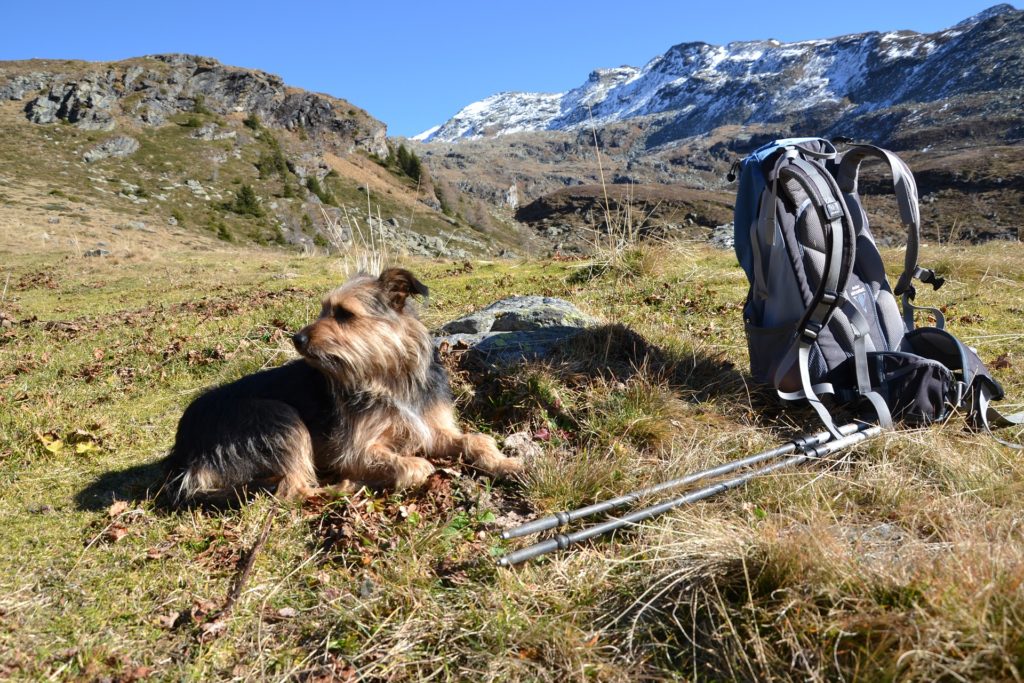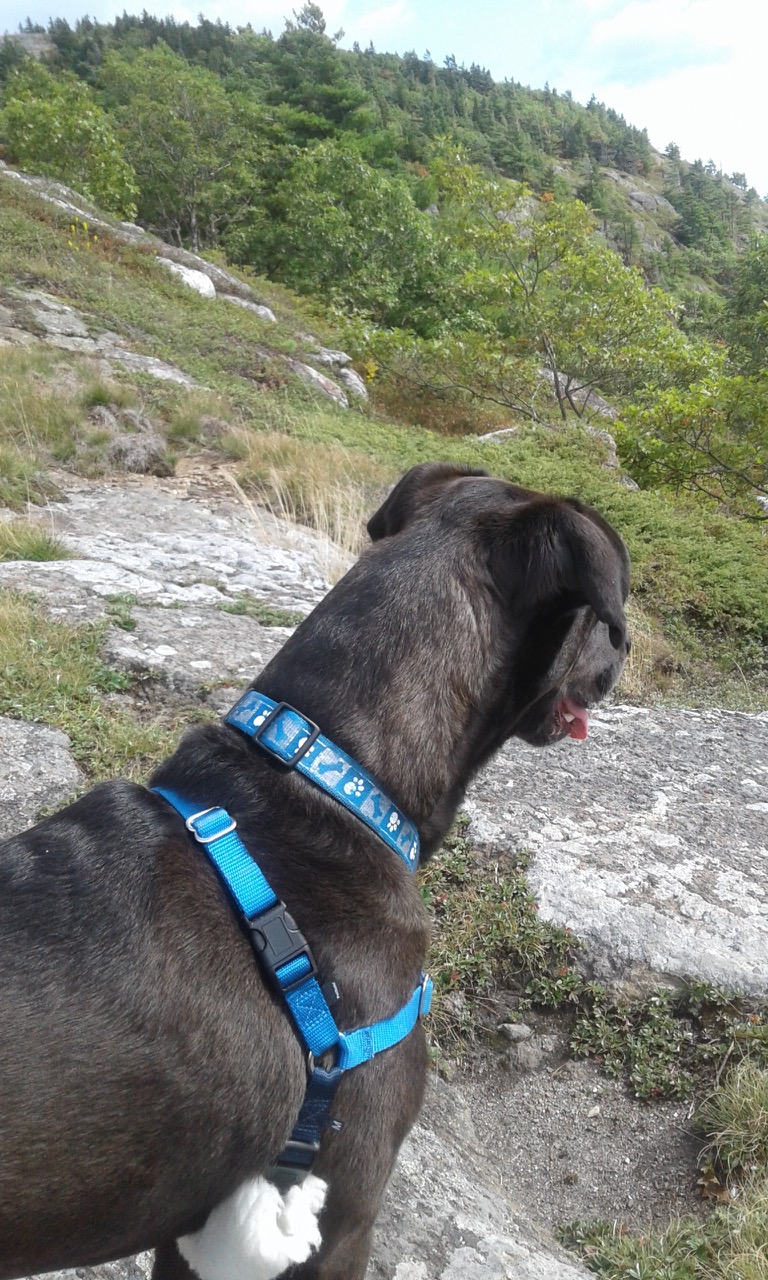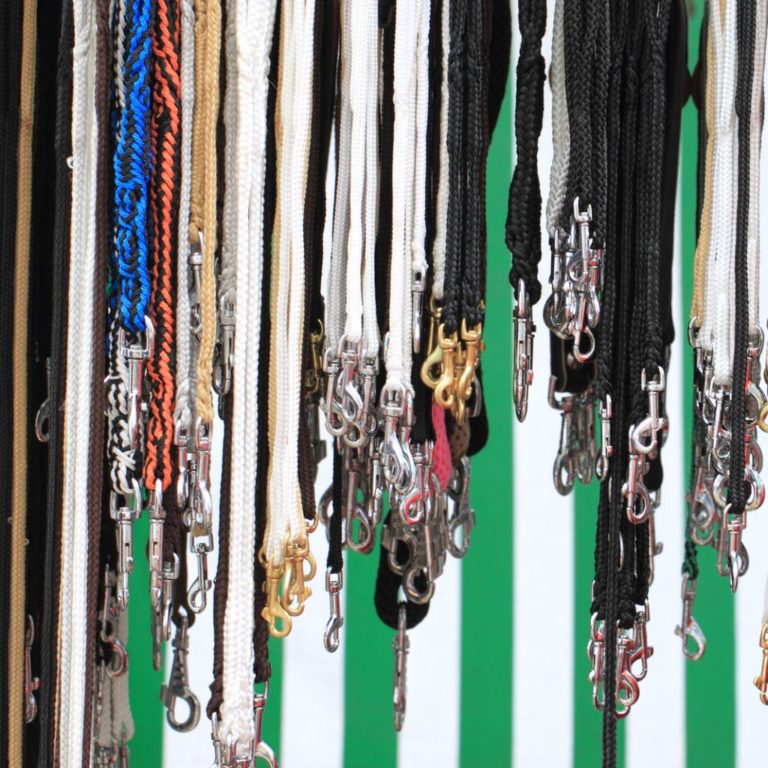Hiking With A Dog

Have you ever considered bringing your dog on a hike with you? Hiking can be an exciting adventure for both your and your furry friend. Many dogs love to hike and enjoy the quality time spent exploring the great outdoors. Before taking your pet hiking, there are some things you need to know to make sure you and your pet are prepared. Safety is critical when you are out on the trail, and you need to make sure you have the necessary hiking gear for your dog. This article will discuss all of the things you need to consider before hiking with a dog. It will provide you with information on preparing, what to bring, and some general safety tips.
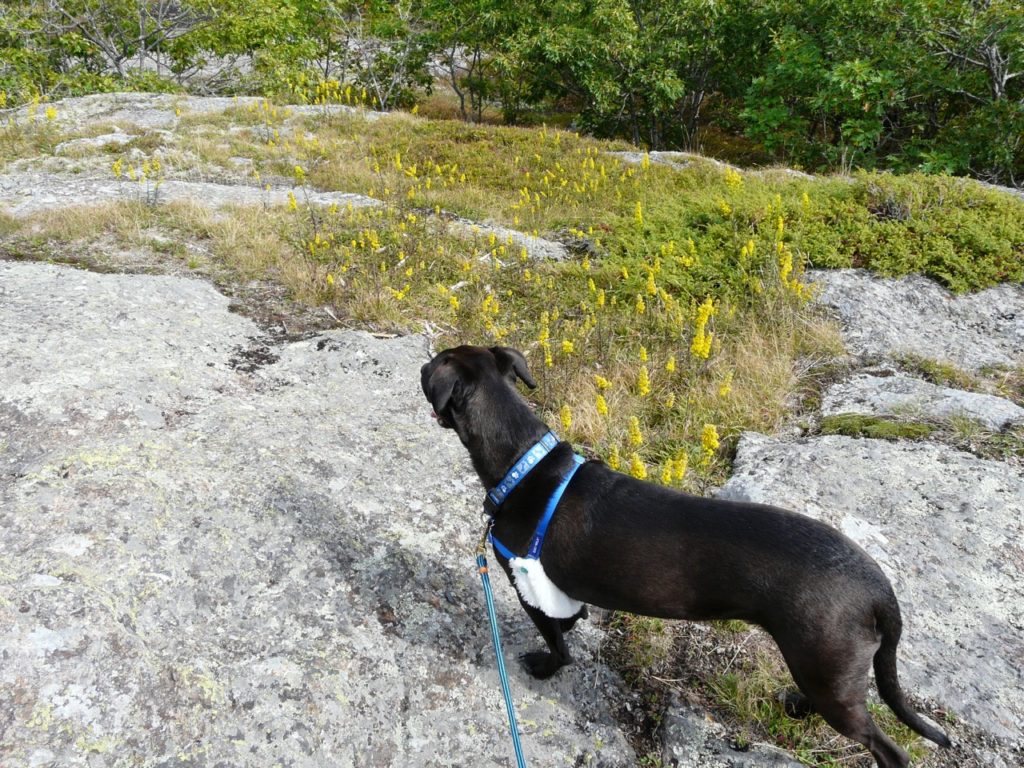
Preparing Your Dog For A Hike
Proper preparation will help make your dog’s hiking adventure a safe and enjoyable experience. Some of the steps you will need to take include conditioning your dog, making sure they are in good health, and understanding basic safety principles. So let’s dive into the dog hiking basics.
When To Start Hiking With Your Dog
Before you decided to start taking your dog on hikes, it is critical to consider their age and stage of development. Intense exercise can put excess strain on a young dog’s body while they are still growing. This strain can lead to lifelong orthopedic issues, especially in large breed dogs. The best thing to do is wait until your dog is fully grown before you start taking them hiking. For most dogs, you can begin conditioning them between one and two years of age. Check with your veterinarian to determine what is best for your dog.
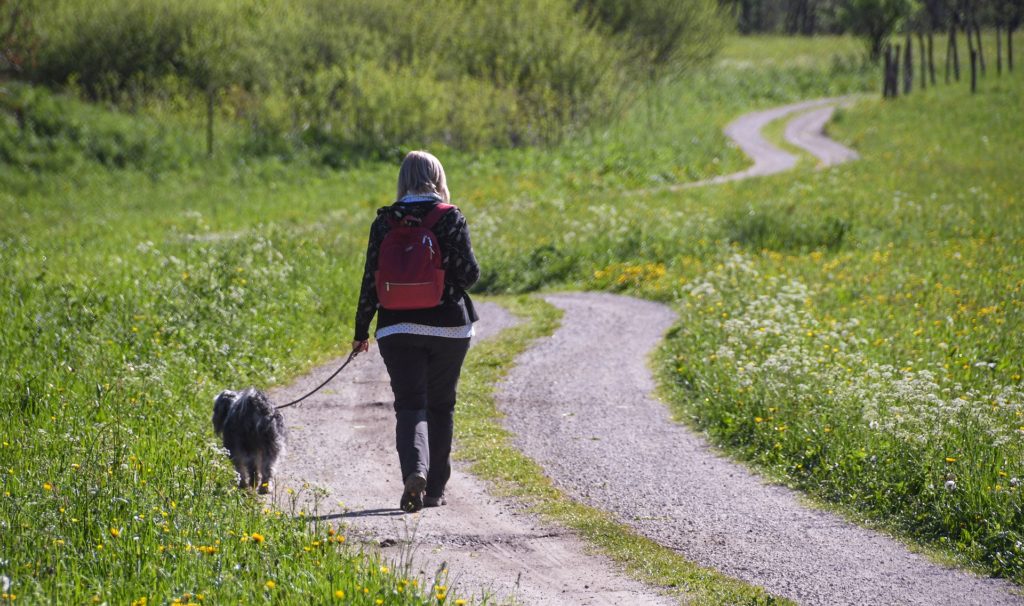
Conditioning
You can’t expect your pup to go from being a couch potato to conquering expert-level trails. To prepare your dog for a big hike, start by taking them out on short easy trails. This will help build their cardiovascular endurance and build the muscle they need for longer, more strenuous hikes.
When doing these short training hikes, try to incorporate a variety of obstacles and terrain. Just as you have to learn how to navigate steeper inclines and rocky paths, it will take some time for your dog to get accustomed to these obstacles as well.
Generally, most healthy dogs can easily cover 3-5 miles or approximately 60 minutes of easy hiking. The distance your dog can work up to will depend on their overall health, breed, and the trail’s difficulty. Experienced dogs can cover 20 miles or more in a day. Start slow and gradually increase your miles over time. If your dog is exhausted after your hike, decrease the distance for your next hike. Make sure you give them plenty of rest in between.
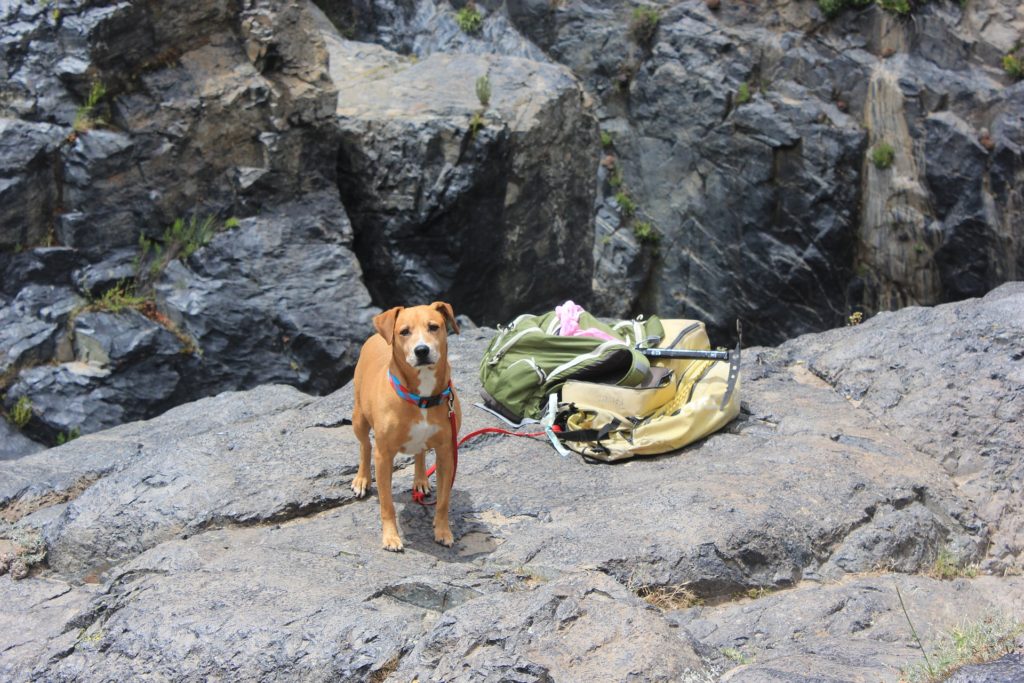
Proper conditioning is also essential to reduce the risk of injury from fatigue. When your pet gets tired, they are more likely to make mistakes that could potentially injure them. Pay attention to your dog’s body language on the trail. If they are falling behind or trying to lay down on the path, offer them some water and give them a chance to rest.
Your Dogs’ Health
Some medical conditions may prevent your dog from being an ideal hiking candidate. Dogs with hip dysplasia or arthritis may find hiking difficult or painful. Make sure your dog is in good overall health before hitting the trails. If you have concerns about your pet’s health or want to ensure hiking is a safe choice for them, consult with your veterinarian.
In preparing your dog to hike, it is also essential to ensure they have received the proper vaccinations and preventatives. Vaccines such as rabies and leptospirosis are critical for dogs who spend a lot of time in the woods. Ticks and fleas are also an unpleasant reality of the great outdoors. Make sure your pet is on the proper flea and tick medication to reduce their risk of these pests.
General Safety
Anytime you set out on a hike, safety should always be a top priority. With the proper precautions, hiking with a dog is a safe and enjoyable experience. Check out the trail information ahead of time because not all-terrain is suitable for pets. Some trails do not allow pets for this reason.
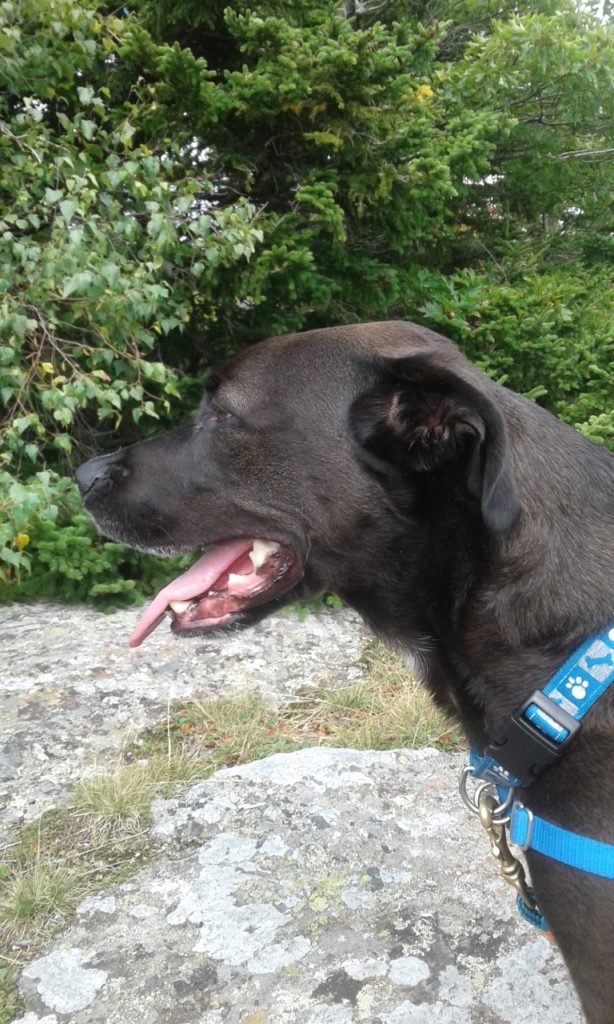
When planning your hike, make sure you are familiar with the area. It is always a good idea to look up the closest pet emergency clinic or veterinarian in case your pet gets injured on the trail. Make sure you carry a dog first aid kit and be prepared for the most common injuries dogs experience while hiking. More information on how you can create a dog first aid kit can be found here.
Ensuring you are prepared and have the correct dog hiking gear will help keep you and your dog safe while hiking.
Dog Hiking Gear
Just like you gear up before a hike, it is crucial to ensure your furry friend has the proper dog hiking gear. Below are some dog hiking essentials that will help prepare your dog for their first hike.
Dog Leash
A leash is a top priority when it comes to hiking gear for your dog. It is a critical tool to keep your dog and others on the trail safe. Some trails even require that dogs remain on a leash at all times.
Having your pet on a leash will help you keep them in your sight and out of trouble. There are many new and exciting things for your pup to explore on the trail, but some can be dangerous. A leash prevents your dog from chasing after wildlife or exploring unsafe areas. Having control of your pet also prevents them from running into other hikers on the trail, potentially knocking them over or startling them.
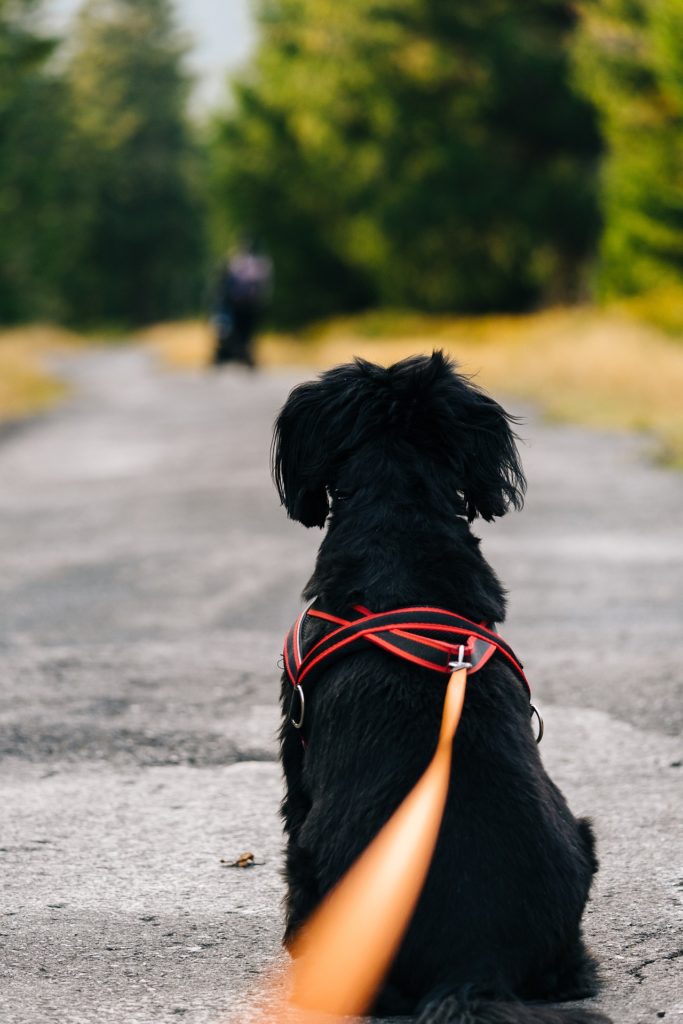
Ideal leashes should be six feet in length or less. Retractable leashes are not recommended. Accidents happen, and leashes occasionally break while hiking. An extra leash is always good to have, just in case.
Dog Hiking Harness And Collar
Collars are essential for identifying your pet if they become separated from you. It is always a good idea to include your phone number on your pet’s ID tags to help someone get in touch with you if your pup becomes lost.
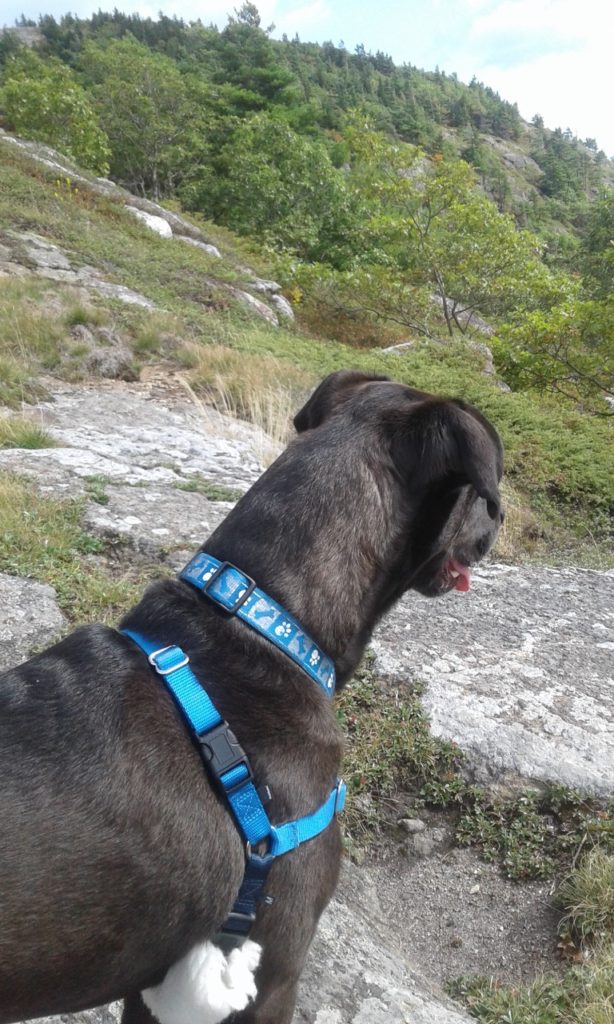
Many dogs tend to pull when on the leash, and leashes connecting to the collar are not ideal for long hikes. Dog hiking harnesses allow for better control of your dog and put less strain on their neck. Some dog backpacks have built-in harnesses and attachment points for the leash. Find what works for your dog, and get them comfortable with their gear before your adventure.
Dog Backpacks
Backpacks for your dog are not necessary, but they can be helpful to carry all your dog’s hiking essentials. Many dog backpacks have built-in harnesses and pockets for storage. There are a wide variety of packs available. Some backpacks have improved ventilation to keep your pet cool during the summer months, while others are designed with insulated material to add extra warmth in colder climates.
Find a backpack that meets your dog’s hiking needs. The most critical consideration in a pack should be how it fits your dog. Adjustable straps help ensure the backpack stays snug and secure. Make sure the pack doesn’t interfere with your dog’s range of motion or gait.
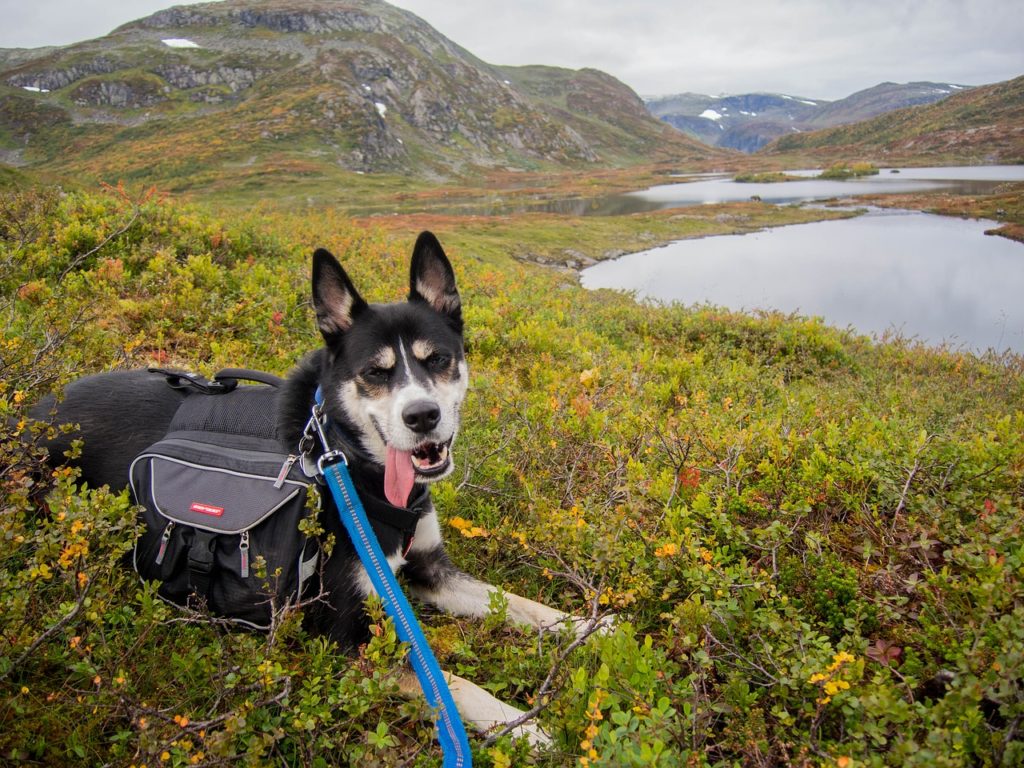
Once you’ve picked the best model for your pup, be cautious in how you pack it. When using the storage pockets, make sure the weight of the gear is evenly distributed. Even slight differences in the weight of the pockets can throw your pet off balance.
How much weight your dog can carry in their backpack will depend on their size. As a general rule, dogs should not carry more than 25% of their body weight. Dogs that are under the age of two are still growing, and their packs should be kept lighter to avoid unnecessary strain.
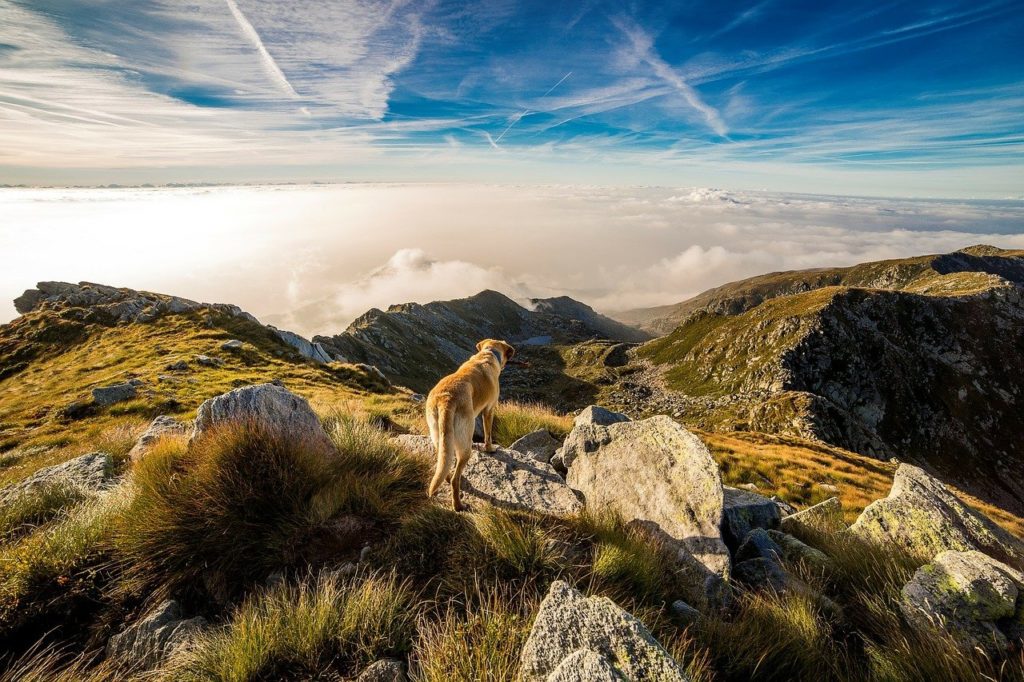
It may take a little bit of time for your dog to get used to wearing a backpack. Start by putting it on them when you go out for short daily walks. As they get comfortable wearing the empty backpack, start to pack small items for them to carry. Gradually increase how much you allow them to carry as they build up their endurance.
The Dreaded Poop Bag
Cleaning up after your pet is a necessary part of being a responsible pet owner. Just as you would on a causal neighborhood walk, it is essential to clean up after your dog on the trail. Dog poop can spread disease and create an unpleasant experience for other hikers. The last thing you want on your relaxing hike is to step in a giant pile of dog poop.
Make sure you have poop bags to help keep our trails clean and pristine. Once you have picked up the poop, make sure you dispose of it properly. However, I understand that no one wants to hold onto a smelly poop bag for miles.

If your dog is wearing a backpack, you may consider using one of the pockets to store the filled poop bags. Don’t forget to dispose of them once you get home. Forgotten poop bags are a very unpleasant surprise on your next adventure.
For dogs that don’t wear a backpack, simple tricks like tying the bags to the end of the leash are helpful. This will keep your hands free and prevent you from having to place the smelly bags in your own pack.
Snacks
I don’t know about you, but I always have extra snacks in my pack when I hit the trail. Hiking is a serious exercise, and it is vital to fuel your body. This same principle applies to your dog. Make sure your dog eats a good meal before the hike and carry some tasty snacks for them to enjoy throughout the day.
Water
Hydration must always be a priority for both you and your pet. It is crucial to provide your dog water throughout the hike to prevent them from getting dehydrated or overheating. Offer your dog water breaks every hour. If it is particularly hot, more water breaks may be necessary.
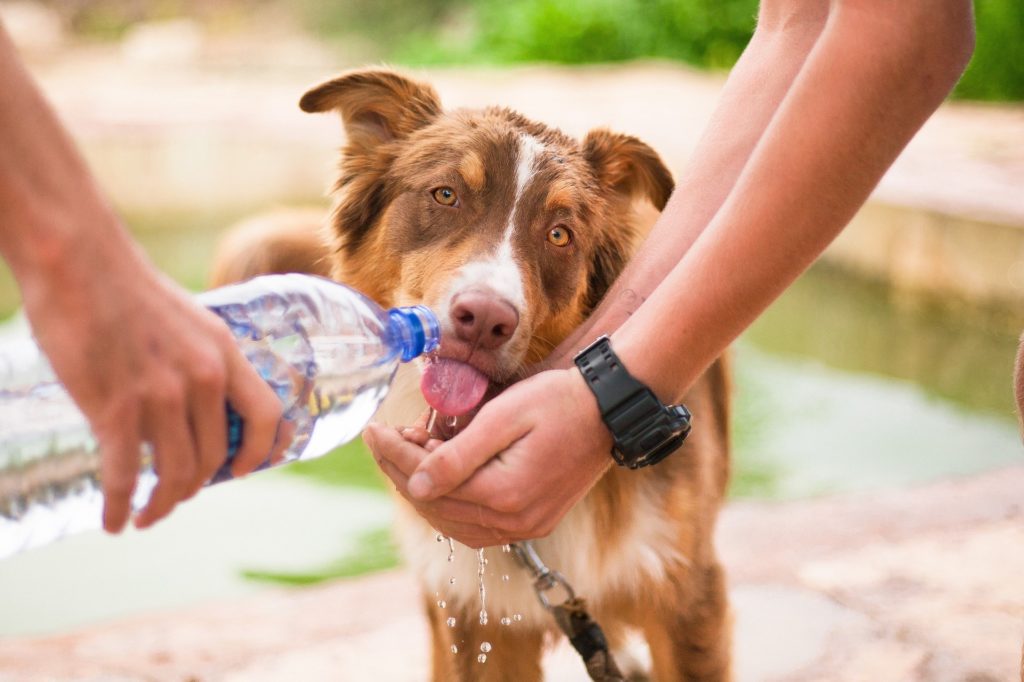
When packing water for the hike, make sure you account for your dog’s water needs as well. Dogs need a clean water source on the trail. Allowing your dog to drink from standing pools of water or streams is not advised. Parasites and bacteria can contaminate these water sources and can make your dog sick. Collapsible water bowls are available for easy packing.
Hiking Boots For Your Dog
Hiking boots can help keep your pet’s paw pads safe while crossing treacherous terrain. Paw pads are very sensitive, and cuts to paw pads are a common injury experienced while hiking. When hiking long miles, paw pads can often become worn down or torn. Hiking boots will help protect your pet’s feet.
You will need to get your pet use to their new boots before setting out on your hike. Make sure the boots fit properly to avoid rubs or blisters. Try letting your dog wear their shoes around the house or on short walks in the neighborhood. Even with training, some dogs do not like the feeling of boots on their feet.

There are plenty of dogs that don’t need boots when hiking. Dogs can build up calluses and tougher paw pads if they spend a lot of time outside on rough surfaces. Hiking boots may not be necessary for easy hikes on trails with good footing. If your route is rockier, hiking boots are worth considering.
Be aware that hiking boots can sometimes fall off or get lost. It’s always a good idea to have an extra boot just in case. Even if your dog doesn’t usually hike with a boot, it may be a good idea to keep a pair in your hiking bag. If your dog experiences a cut or other trauma to their paw on the trail, a boot can provide some extra protection and pain relief on your hike back.
Reflective Gear
Whether or not your dog needs reflective gear depends on the type of hiking you are doing and the hiking conditions. For day hikers, the reflective gear may not be critical. However, it never hurts to be prepared. Many backpacks or harnesses have reflective strips on them.
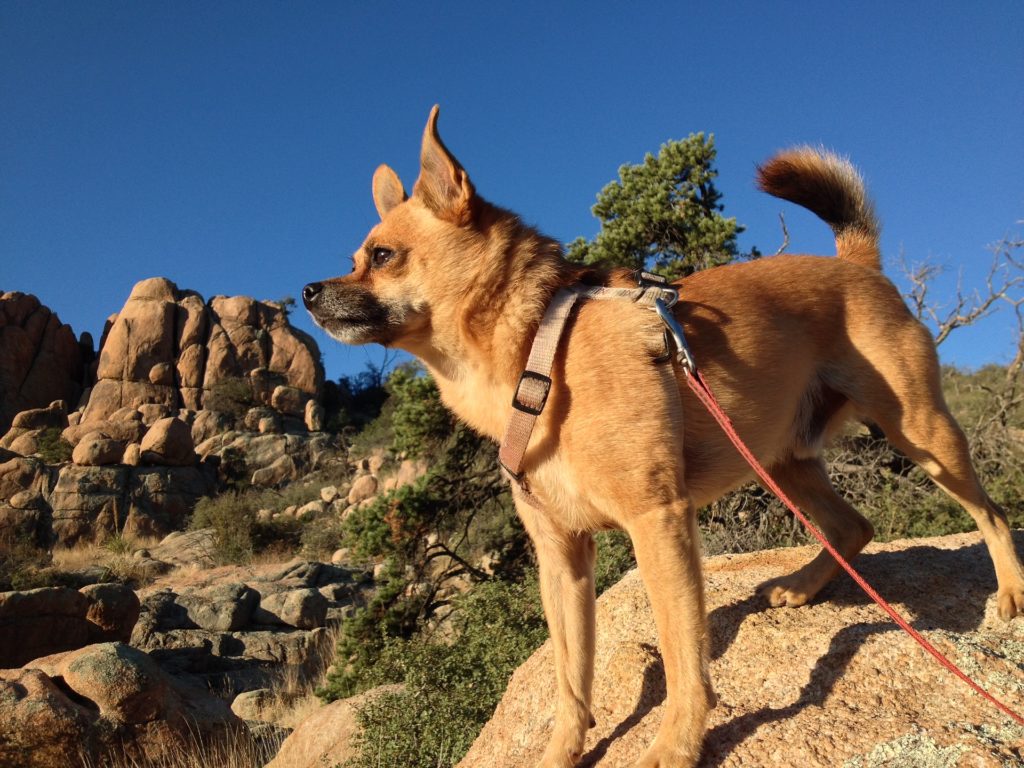
When you are hiking in a particularly foggy area or in the dark, reflective gear can be helpful to keep an eye on your dog in the low visibility. If your dog’s hiking gear does not have reflective material, attaching a glow stick to their collar can do the trick.
Best Dog Breeds For Hiking
There are many things to consider when determining if your dog is suited for hiking. Certain breeds have been bred to endure the physical demands and conditions of the great outdoors. Active breeds typically have more endurance and drive to accompany you on long and strenuous hikes. Active breeds require a fair amount of exercise with their high energy levels, and hiking can be an excellent outlet for them.
The breeds most commonly associated with good hiking and outdoor dogs include the Australian Shepard, Bernese Mountain Dog, Rhodesian Ridgeback, Vizsla, and the German Shorthair Pointer. Personally, I hike with my friend’s two Vizsla’s. They are trained hunting dogs and have experience with the outdoors. These dogs are great companions on the trail, and hiking is a great way for them to get some exercise outside of hunting season.
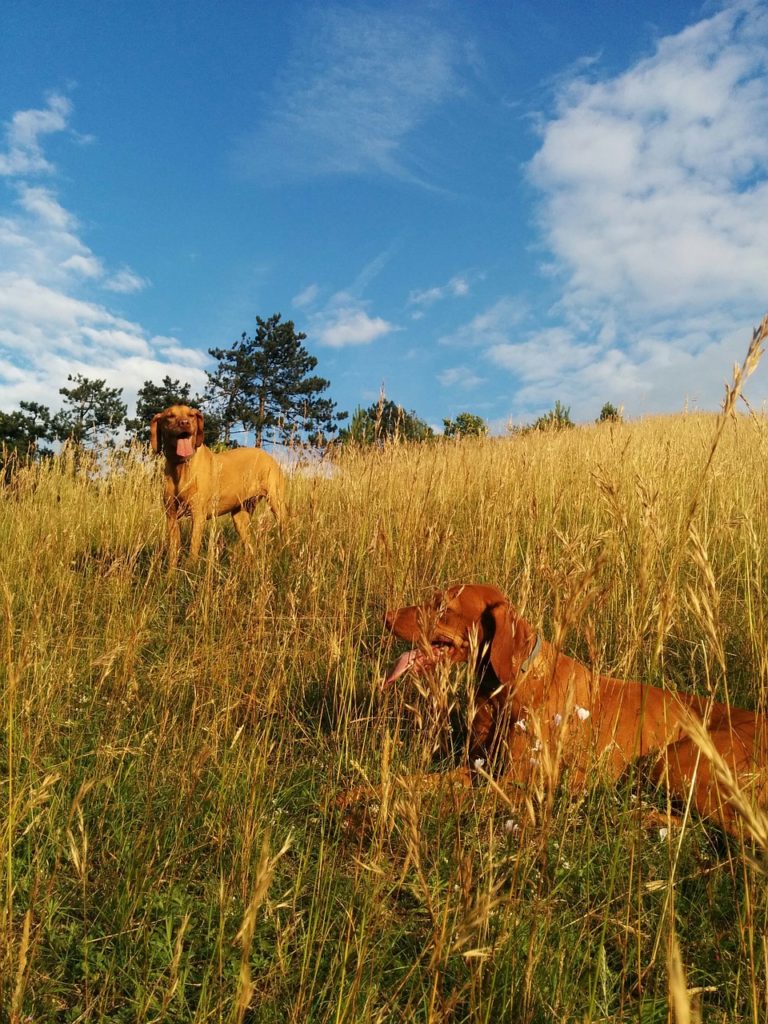
My Hiking Companion
However, not all great hiking companions come from one of these breeds. My former hiking companion was a mutt named Scrappy. If I had to guess, Scrappy was a mix of Labrador, Border Collie, and Greyhound. But I suppose with mutts, you never really know. The point is that Scrappy was a great hiking buddy. We had some incredible adventures, and he loved to be out on the trail.
Although having a dog specifically bred for outdoor activity can be helpful, the breed isn’t the only thing that matters. Every year, millions of dogs end up in shelters and have the potential to become excellent hiking partners. Many dogs love the outdoors and enjoy exploring new sites. A dog’s breed may make them more physically capable, but the dog’s desire and drive to hike is essential. Adoption is a fantastic thing, and your dog doesn’t have to be a purebred to be a great hiker.
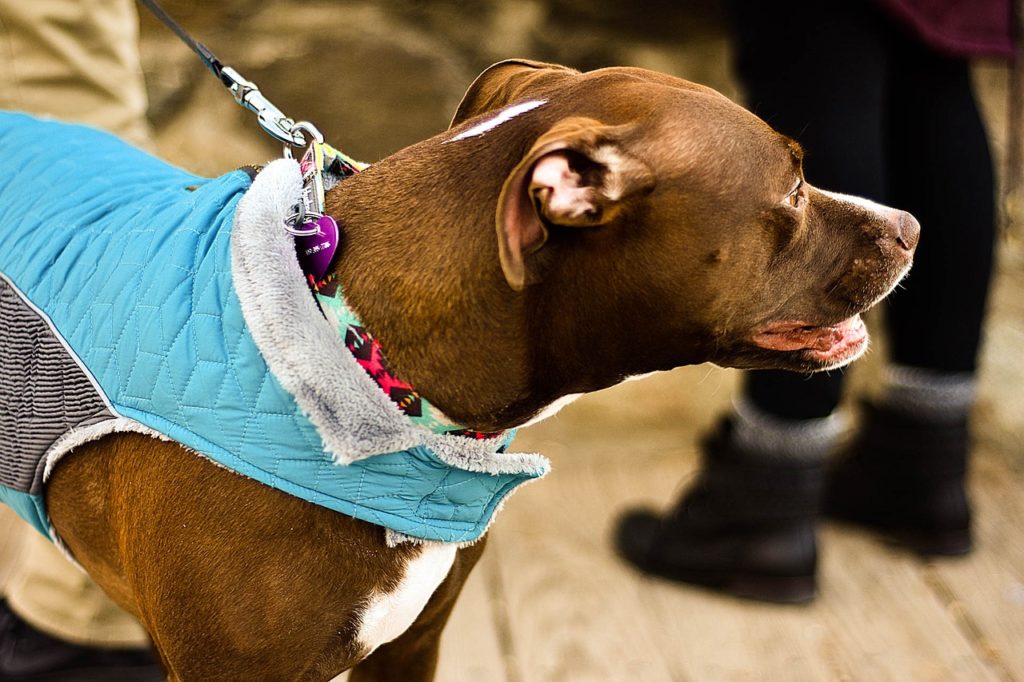
When considering various breeds or mixes, it is critical to remember that some dogs have physical limitations. Short-nosed dogs, also known as brachycephalic, have more challenges when it comes to hiking. These dogs often have difficulty breathing and respiratory issues because of their short nasal passages. Their little noses may not rule them out as hiking dogs entirely, but you should take more precautions to ensure their health and safety.
In Closing
Hiking with a dog is a great experience, but there are some things you should consider before conquering a big hike. Just as you wouldn’t go out and run a marathon without the proper training or gear, it’s essential to prepare your pet for big adventures. Make sure you have the necessary dog hiking gear and have taken the necessary precautions to prepare your dog for your hike. Hopefully, this article will help you take the steps you need to explore the great outdoors with your furry friend.
